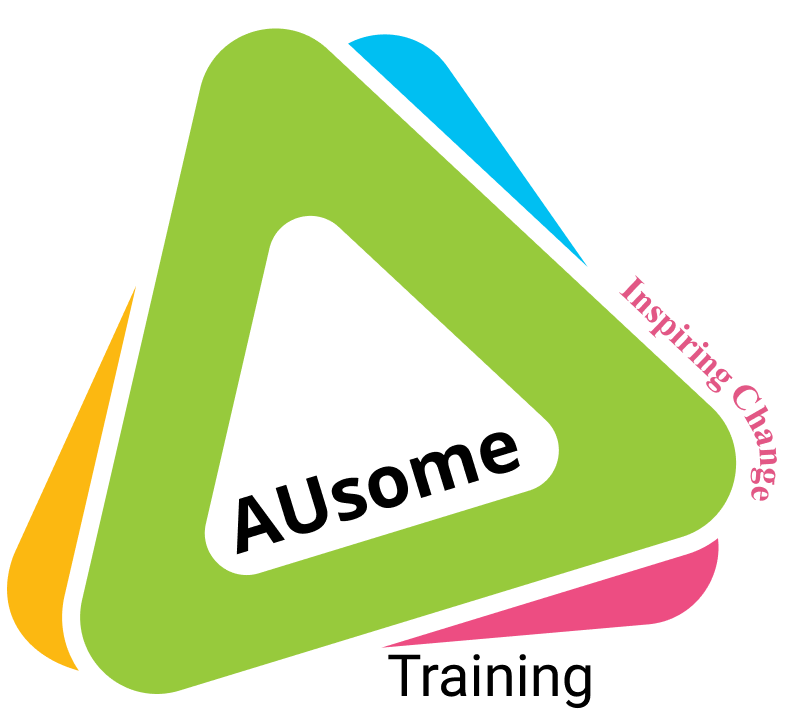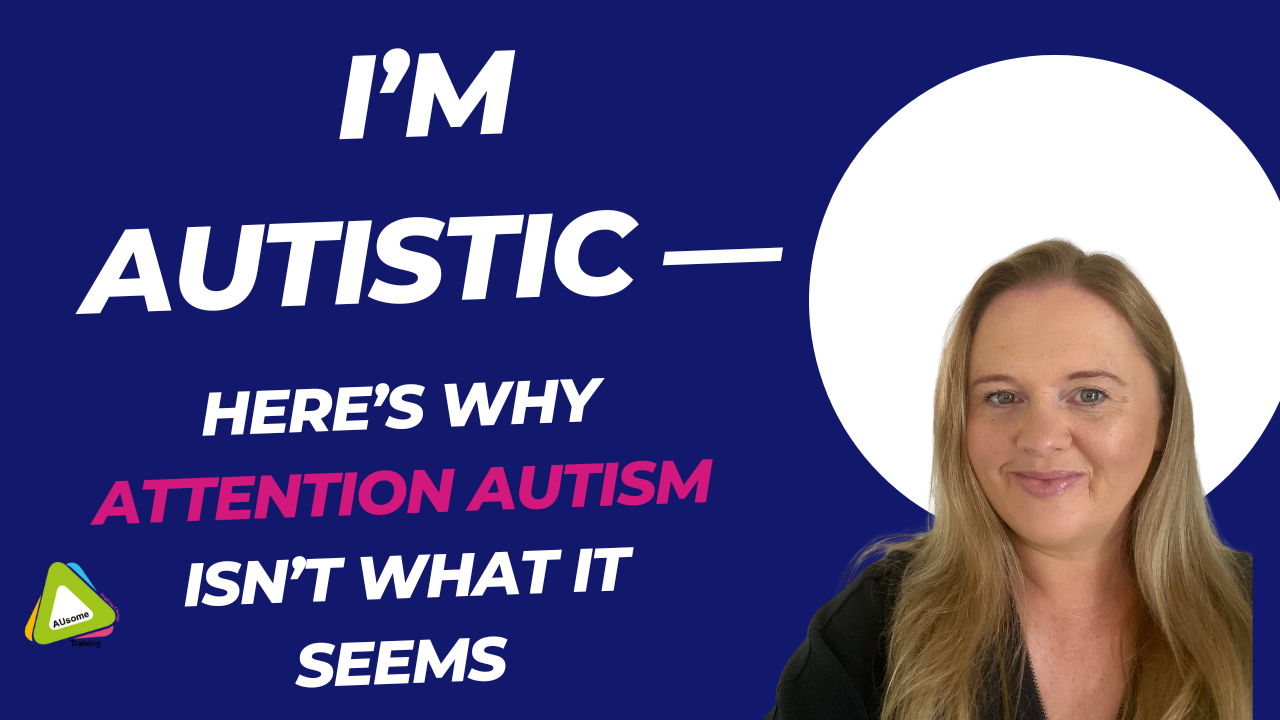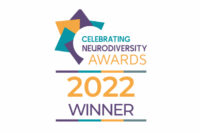Is Attention Autism Neuro-Affirming? A Closer Look from an Autistic Perspective
By Evaleen Whelton, AUsome Training
The short answer: No, Attention Autism is not neuro-affirming.
Even though its promoters now say things like “we don’t demand eye contact anymore,” the foundation of Attention Autism (AA) remains the same: it was designed to train Autistic children to behave more like non-Autistic children.
That means its core goal is still normalisation — teaching externally acceptable social behaviours rather than supporting authentic Autistic communication, regulation, and connection.
What Attention Autism Is
Attention Autism is a program developed by speech and language therapist Gina Davies.
It’s usually presented as a fun, visual, play-based way to “develop attention and communication skills” in Autistic children. The sessions involve “bucket time” — a therapist performs attention-grabbing activities to draw a child’s gaze, build shared focus, and encourage imitation.
It sounds light-hearted. But beneath that, the aim is to make Autistic children engage in what neurotypical observers see as “joint attention” — looking, imitating, and attending on cue.
Why It Isn’t Neuro-Affirming
A neuro-affirming approach begins from Autistic experience, not from an outsider’s idea of what communication should look like.
It honours autonomy, sensory needs, and self-directed learning.
Attention Autism does the opposite.
1. It’s Built on Deficit Thinking
The entire program assumes that Autistic attention, curiosity, or focus styles are deficient.
It starts from the idea that children must be taught how to pay attention “properly.” But Autistic children already pay deep attention — just not always to what non-Autistic people expect.
2. It Rewards Normalisation
Even when eye contact isn’t demanded outright, the activities are designed to shape behaviour toward neurotypical norms: sitting still, looking, copying, responding in synchrony.
That’s compliance training dressed up as play.
3. It Uses Intrinsic Motivation as a Hook for Control
Attention Autism relies on highly stimulating or novel objects to capture a child’s interest — not to explore what they find meaningful, but to redirect their focus to the adult’s agenda.
That’s still manipulation, not mutual connection.
4. It Silences Autistic Agency
Autistic children rarely get to choose what happens, when it happens, or if they want to participate.
Refusal is often reframed as a “lack of readiness” rather than a valid no.
That denies autonomy and consent — two cornerstones of neuro-affirming practice.
5. It Ignores Autistic Attention Styles
Autistic people often engage best through parallel attention, side-glancing, or deep internal focus.
Attention Autism positions these as barriers to overcome, not valid modes of engagement.
In other words: it teaches children to perform “joint attention,” not to connect authentically.
The “We Don’t Demand Eye Contact” Myth
Some practitioners now claim that because they no longer require eye contact, Attention Autism has become neuro-affirming.
That’s like saying a diet program is body-positive because it stops using the word skinny.
Changing the surface doesn’t change the structure.
As long as the goal remains to reshape Autistic behaviour toward neurotypical expectations, the program is not affirming — it’s reformulated behaviourism.
Who Gets to Decide What’s Affirming?
Only Autistic people can determine whether something affirms their neurology.
Neuro-affirming is not about tone of voice, colour of flashcards, or how kindly a session is run. It’s about intent and impact.
If the intent is to “fix” what makes us Autistic — our natural attention, communication, or sensory styles — it cannot be affirming.
Autistic advocates, including those in the Therapist Neurodiversity Collective, consistently reject interventions rooted in compliance or normalisation, no matter how play-based they appear.
What Real Affirmation Looks Like
A neuro-affirming approach would never aim to make an Autistic child act more typical.
It would instead:
-
Support the child’s own interests and focus patterns;
-
Respect consent and autonomy (it’s okay to opt out);
-
Create safe sensory environments;
-
View communication differences as valid, not disordered;
-
Focus on trust, regulation, and connection, not performance.
- Recognise that group work isn’t always “fun” for everyone
That’s the foundation of affirmation — not “getting children to look.”
The Bottom Line
Attention Autism is not neuro-affirming.
It’s a behaviour-shaping program that trains Autistic children to perform neurotypical social attention.
Removing overt eye contact demands doesn’t change that.
The power dynamic, the deficit framing, and the normalisation goals remain.
If we truly want to affirm Autistic communication, we need to move beyond attention-training altogether — and start listening to Autistic people about what connection really means.
I have also made an in-depth one hour video where I delve into the program and its claims. You can watch that here
Thanks for listening and learning from Autistics




